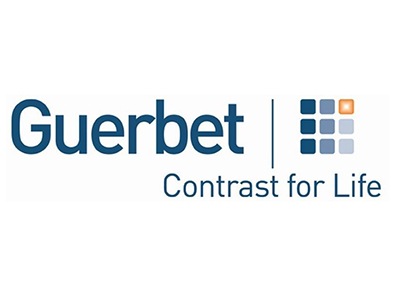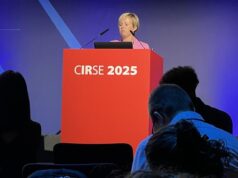
Guerbet has announced a partnership with the Department of Radiodiagnosis and Interventional Radiology of Lausanne’s University Hospital (CHUV) and the Lausanne Center for Experimental Therapies (CTE) to launch a study aimed at evaluating the activating effects of Lipiodol-based conventional transarterial chemoembolization (cTACE) on the immunity of patients with hepatocellular carcinoma (HCC).
cTACE is the reference treatment for patients with intermediate-stage HCC and has been demonstrated to significantly improve patient survival compared to supportive palliative therapy. Nevertheless, and despite progress brought by new medical practices, there is an urgent need to develop new therapies to fight this pathology which has a poor prognosis.
Immunotherapy, aimed at stimulating or restoring the immune responses that specifically fight the tumour, is a new approach that has elicited much interest and is the subject of several clinical trials for HCC treatment. Modern cancer treatment of most types of tumour involves a combination of several therapies used either sequentially or simultaneously, with the aim of obtaining an additive and sometimes even synergistic therapeutic effect. Combining local treatments, such as cTACE, with systemic immunotherapy promises to improve the tolerance and individual effectiveness of treatments.
Study details
In this context, local treatments like cTACE could play an essential role by activating and/or restoring the systemic and/or local immune system which fights patients’ liver tumours. Preliminary results confirm the potential of this technique in terms of “paving the way” for systemic immunotherapy. Additional data are needed to accurately identify the role of cTACE in inducing and/or reactivating an immune response and to determine the possible synergy between this treatment and immunotherapy.
The partners will work together to clarify the immunomodulatory and activating mechanisms induced by a cTACE procedure in 20 patients with HCC, by measuring variations in the expression of different families of genes and of proteins involved in the anti-tumour immune response.
The study, to be conducted on the premises of the CHUV, will be coordinated by Rafael Duran, principal investigator and member of the CHUV Department of Radiodiagnosis and Interventional Radiology, and Lana Kandalaft, co-investigator and director of the CTE, located within the Lausanne CHUV Oncology Department.
“HCC is the second leading cause of cancer-related death worldwide. The innovative immunotherapy approach, which uses the immune system’s anti-tumour capacities, has delivered promising results and is opening up new treatment perspectives for an ever-increasing number of patients,” said Alban Denys, head of the CHUV Interventional Radiology Unit.
“It is essential that we improve our understanding and characterisation of the anti-tumour effects of cTACE and that we study its ability to convert poorly immunogenic tumours, also called ‘immune deserts’, into immunogenic tumours. By reprogramming the tumour microenvironment, we could combine cTACE with immunotherapy,” added Duran from the CHUV Department of Radiodiagnosis and Interventional Radiology.
“We are delighted to announce the launch of this new study, the results of which will provide a solid foundation for explaining the role of cTACE as an activator of patients’ anti-tumour immune systems and pave the way for new combination therapeutic approaches, which represent the future of HCC management,” commented Pierre Desché, Development, Medical and Regulatory Affairs vice president at Guerbet.











